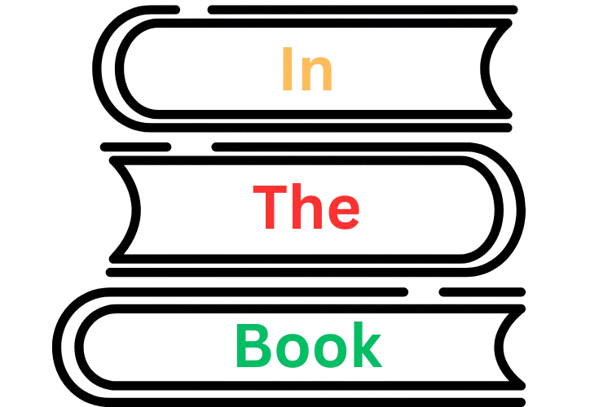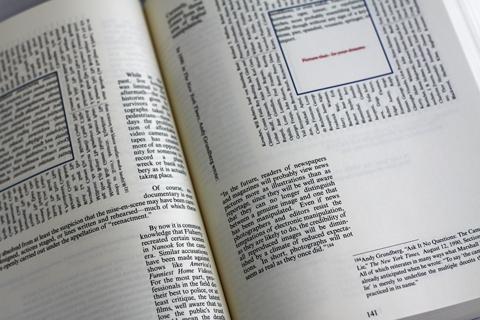In the world of literature, there are many different types of writing styles and forms. One type that has gained popularity in recent years is called ergodic literature. But what exactly is ergodic literature, and how does it differ from other types of writing?
Contents
- What is Ergodic Literature?
- How Does Ergodic Literature Work?
- Examples of Ergodic Literature
- What are the characteristics of Ergodic Literature?
- Why is Ergodic Literature Important?
- Conclusion
- FAQs
- What is Ergodic Literature?
- What does the term “Ergodic” mean?
- What are some examples of Ergodic Literature?
- What is the difference between Ergodic and Non-Ergodic Literature?
- Read More:
What is Ergodic Literature?
Ergodic literature is a term coined by Espen J. Aarseth in his 1997 book “Cybertext-Perspectives on Ergodic Literature”. The term is derived from the Greek words “ergon”, meaning “work”, and “hodos”, meaning “path”.
It refers to literature that requires non-trivial effort from the reader to traverse the text. In other words, ergodic literature is not just about reading words on a page; it’s about engaging with the text in a more active way.
How Does Ergodic Literature Work?
Ergodic literature often involves interactive elements, such as puzzles, games, and choices that affect the story. This means that the reader is not just a passive observer, but an active participant in the narrative.
The story unfolds differently depending on the choices made by the reader, making each reading experience unique.
Examples of Ergodic Literature
One example of ergodic literature is the poem “Calligrammes” by Guillaume Apollinaire. This poem is a series of words and images that are spread out on the page in a way that requires the reader to rearrange them to form a coherent picture.
Another example is the novel “Tristram Shandy” by Lawrence Sterne, which is known for its unconventional structure and use of footnotes.
What are the characteristics of Ergodic Literature?
Some common characteristics of ergodic literature include:
- Non-linearity: The text does not follow a traditional linear narrative structure.
- Interactivity: The reader is required to engage with the text in a more active way, such as by solving puzzles or making choices.
- Unconventional formatting: The text may use unusual layouts, typography, or graphics to convey meaning.
- Complexity: Ergodic literature often requires the reader to make an effort to understand the text, such as by deciphering codes or following multiple storylines.
Why is Ergodic Literature Important?
Ergodic literature is important because it challenges the traditional notion of reading as a passive activity. It encourages readers to engage with the text in a more active way, using their own creativity and critical thinking skills.
This type of literature also blurs the line between author and reader, making the reader an integral part of the storytelling process.
Conclusion
Ergodic literature is a new and exciting form of storytelling that is changing the way we think about reading and writing. It requires readers to be more engaged and interactive, and challenges the traditional notions of authorship and readerhood. Whether you’re a writer or a reader, ergodic literature is definitely worth exploring.
FAQs
What is Ergodic Literature?
Ergodic literature is a term coined by Espen J. Aarseth in his 1997 book Cybertext Perspectives on Ergodic Literature to describe literature in which nontrivial effort is required for the reader to traverse the text.
What does the term “Ergodic” mean?
The term “Ergodic” is derived from the Greek words “ergon”, meaning “work”, and “hodos”, meaning “path”. It refers to the idea that the reader must put in effort to navigate the text.
What are some examples of Ergodic Literature?
Examples of ergodic literature include “Choose Your Own Adventure” books, “The I Ching”, “Calligrammes”, “Composition No. 1, Roman”, “One Hundred Thousand Billion Poems”, and “The Unfortunates”.
What is the difference between Ergodic and Non-Ergodic Literature?
Non-ergodic literature is literature where the effort to traverse the text is trivial, with no extranoematic responsibilities placed on the reader except for eye movement and the periodic or arbitrary turning of pages.
Read More:
- The Real Reason Invoices Go Unpaid — And How Collection Automation Can Fix It
- Best Places to Buy Diamonds and Engagement Rings Online
- Building Focus and Strategy Through Interactive Digital Experiences
- How Students’ Reading Interests Influence Their Motivation and Performance in Writing Assignments
- The Damages Resulting from the Use of Suboxone

Chandler is an avid automobile enthusiast who is passionate about all things on wheels. From the latest car models to classic vintage rides, I love exploring the automotive world’s intricate details and engineering marvels. With years of experience in test-driving, reviewing, and analyzing cars, I provide readers with comprehensive insights and honest opinions.



























